Driving in the rain can be dangerous, particularly in a heavy downpour that reduces your ability to see. It’s important for drivers to adjust their speed for changing road conditions and weather conditions. Driving at the posted speed limit in the rain may be unsafe because it takes longer to stop on wet pavement. One out of five accidents in Kentucky occurs on wet roads, according to the Kentucky State Police.
Here are some safety tips to minimize the risk of accident and injury when driving in the rain.
Safety Tips to Avoid Accidents When Driving in the Rain
During certain seasons, rain showers occur more frequently and most drivers have no choice other than to drive in rainy weather. If you expect to find yourself driving in the rain, here are some safety tips you should follow to help you avoid being involved in an injury or fatal accident:
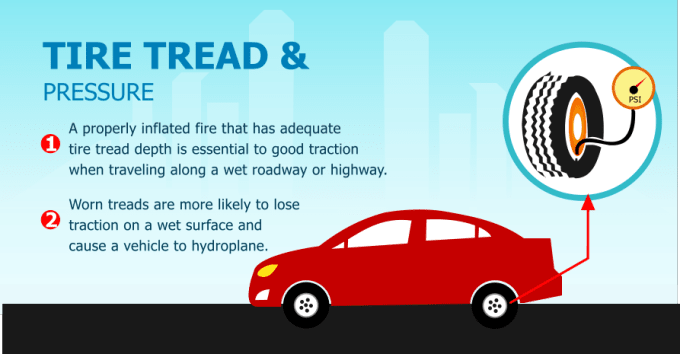
- Check your tire pressure and tire tread. A properly inflated fire that has adequate tire tread depth is essential to good traction when traveling along a wet roadway or highway. Worn treads are more likely to lose traction on a wet surface and cause a vehicle to hydroplane.
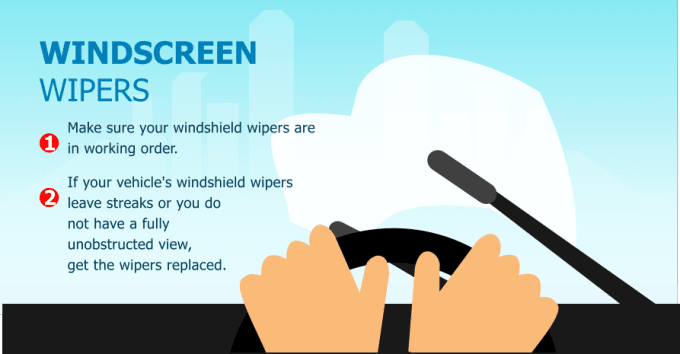
- Make sure your windshield wipers are in working order. If your vehicle’s windshield wipers leave streaks or you do not have a fully unobstructed view, get the wipers replaced.
- Check to make sure your car’s headlights, brake lights, tail lights, and turn signals work properly. Having working lights is essential when driving in rainy weather. It helps drivers to see your vehicle in enough time to avoid a collision.
- Drive slower and give yourself some extra time to get to your destination. Reducing your speed when driving in the rain can help you retain control of your vehicle, reduce the risk of the vehicle hydroplaning and allow you more time to perform emergency maneuvers to avoid accidents.
- Do not use your cruise control in rainy weather. You need to maintain as much control of your vehicle in adverse weather condition as possible.
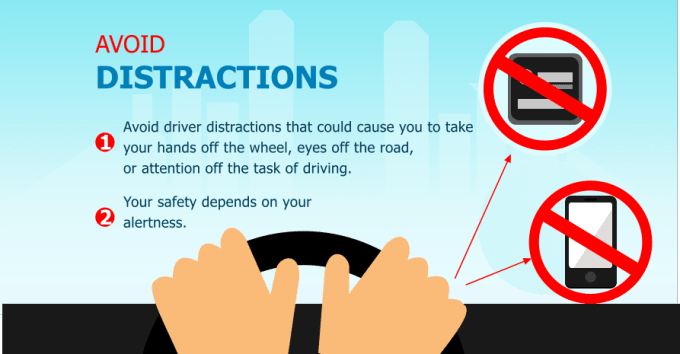
- Avoid driver distractions that could cause you to take your hands off the wheel, eyes off the road, or attention off the task of driving. Your safety depends on your alertness.
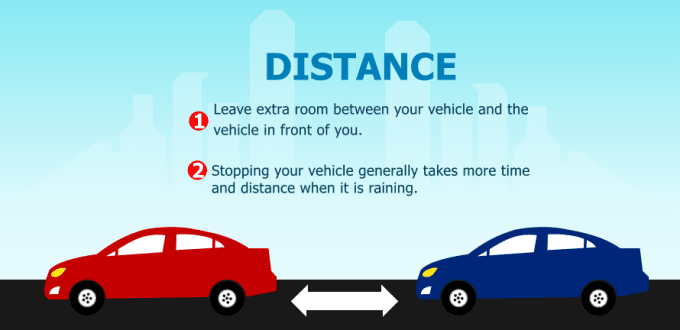
- Leave extra room between your vehicle and the vehicle in front of you. Stopping your vehicle generally takes more time and distance when it is raining. If you take that into consideration when driving in the rain, you will be less likely to collide with another vehicle or lose control.
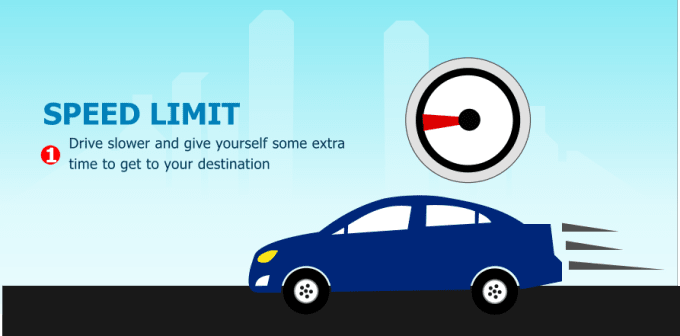
- Do not attempt to accelerate quickly or make any sharp turns while driving in rainy conditions. Doing so may cause your vehicle to skid out of control. Slippery road surfaces were cited as a contributing factor in more than 13,000 collisions in Kentucky in 2013.
- If you do feel your vehicle begin to skid, look and steer in the direction you want the car to go. Do not slam on the brakes, as this can affect balance and make your vehicle far more difficult to control.
Stats About Weather Related Accidents
According to Federal Highway Administration, an average of twenty-three percent of vehicle-related collisions that occur nationwide each year are weather-related. In addition, 6,250 people lose their lives and another 480,000 sustain injuries on average each year in rain or other weather-related accidents. The two most common causes of weather-related crashes over the most recently reported ten-year period have been wet pavements and rain.
Rain accounts for:
- 46% of all weather-related crashes
- An average of 595,900 vehicle-related crashes each year
- Injuries to approximately 245,000 people a year on average
- Fatal injuries to 2,876 people a year on average
Accidents Caused by Drivers Driving Too Fast for Weather Conditions
When you are driving in rain, you should exercise caution when traveling along state roadways and interstates. Drivers who drive too fast for weather conditions often find themselves losing control of their vehicles. At higher rates of speed, a driver has less time to come to a complete stop or react to an upcoming hazard.
In cases where a driver’s negligence or disregard for safety leads to a serious or fatal multi-vehicle accident, the at-fault driver may be legally liable for his or her victims’ economic and non-economic damages.
What Should I Do After a Car Accident
One of the first things a car accident victim should do after a car accident is seek medical treatment. Once your injuries have received the required attention, the next action is to have a qualified accident lawyer review the facts of the accident and explain your options.
Until you have discussed your accident with legal counsel, do not sign any insurance documents or accept any settlement offers. Doing so could put your chances of recovering compensation commensurate with your injuries, at risk.
Sources:




